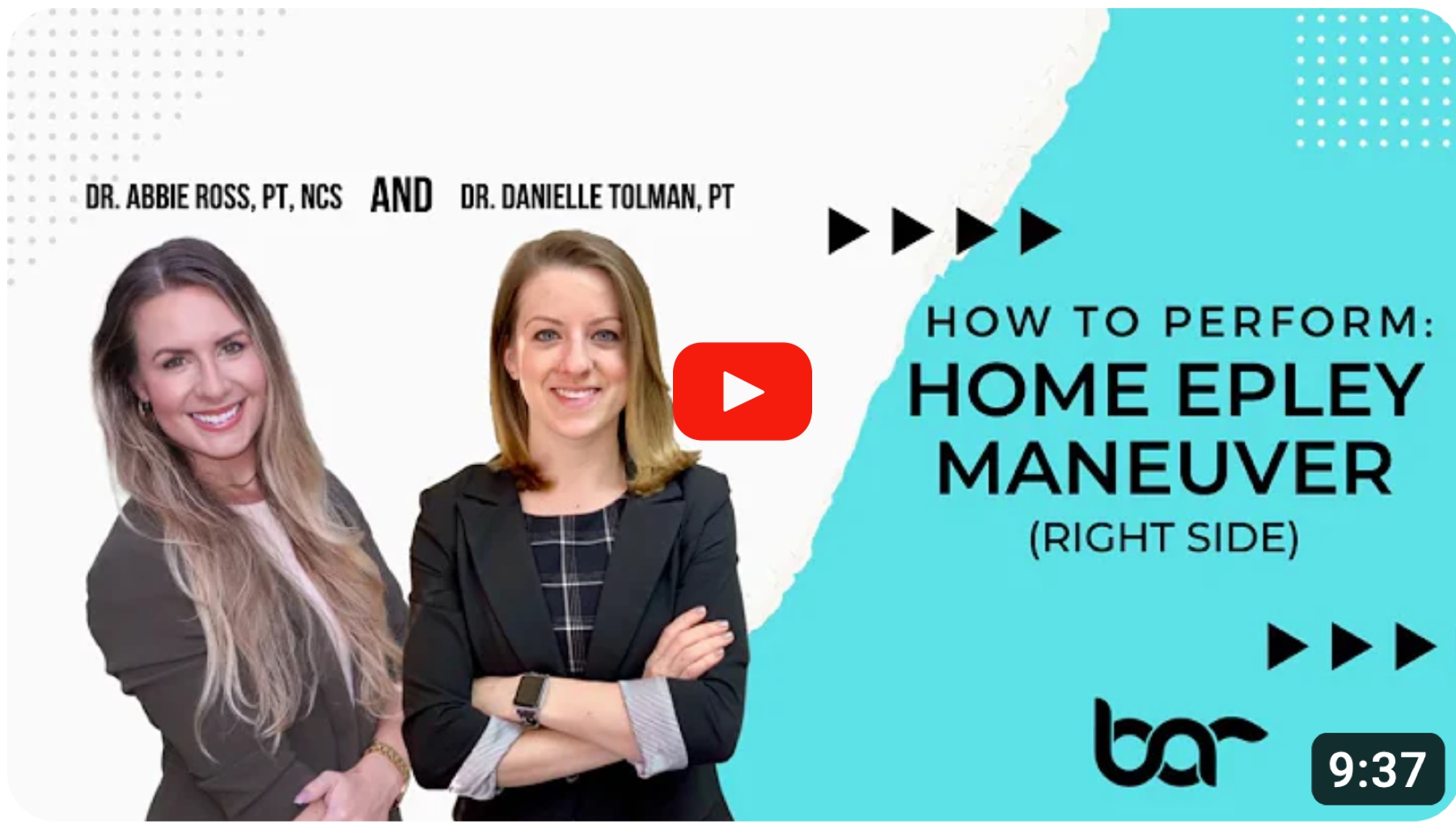Benign paroxysmal positional vertigo (BPPV) is the most common cause of vertigo, a false sensation of spinning or movement. It occurs when tiny calcium crystals called otoconia come loose from their usual location in the utricle, a sensory organ of the vestibular system, located in the inner ear.
BPPV is a common condition:
- 2.4% have experienced BPPV at some point in their lifetime
- 1.6% have experienced BPPV within the past year
A closer look
- Once detached from the utricle, otoconia can move freely in the fluid-filled spaces of the inner ear, including the semicircular canals that sense movement of the head.
- Any rotation of the head will cause stray otoconia in a semicircular canal to stimulate the vestibulocochlear nerve, creating vertigo and involuntary eye movements (nystagmus)
Known causes: While there is no specific event that triggers BPPV, recognized causes include the following —
- Mild to severe head trauma
- Holding the head in the same position for a long time (dentist chair, beauty salon, or strict bed rest)
- Bike riding on rough trails
- High-intensity aerobics

Why it matters
The onset of BPPV is frightening. All of a sudden (paroxysmal), you feel like you’re spinning, nauseous, unsteady, and possibly vomiting. To the rescue, the Epley maneuver, a simple, practical approach to addressing BPPV — and you can do it at home.
Download datasheet on BPPV and the Epley maneuver→
The Epley maneuver
The Epley maneuver can treat BPPV without tests, pills, surgery, or special equipment.
In a nutshell: The protocol involves head turns and repositioning to remove the otoconia from a semicircular canal.
- Recurrences of BPPV can occur, requiring the Epley maneuver to be repeated.
- After an Epley maneuver, people can start walking (cautiously). They should avoid moving their head back or far forward (tying shoes) for the rest of the day.
- Other post-treatment recommendations may include instructions for the best position for sleeping.
Learn the home Epley maneuver
- Instructions from Johns Hopkins Medicine
- See demonstration of the home Epley maneuver in the video below.
Have questions about positional vertigo?
Call to schedule a free, 15-minute hearing screening with an audiologist. Audiologists are experts in hearing and vestibular disorders.
Don't let hearing loss or positional vertigo steal your quality of life.
Crest Hill: 630-633-5060 | Palos Hills: 708-599-9500


